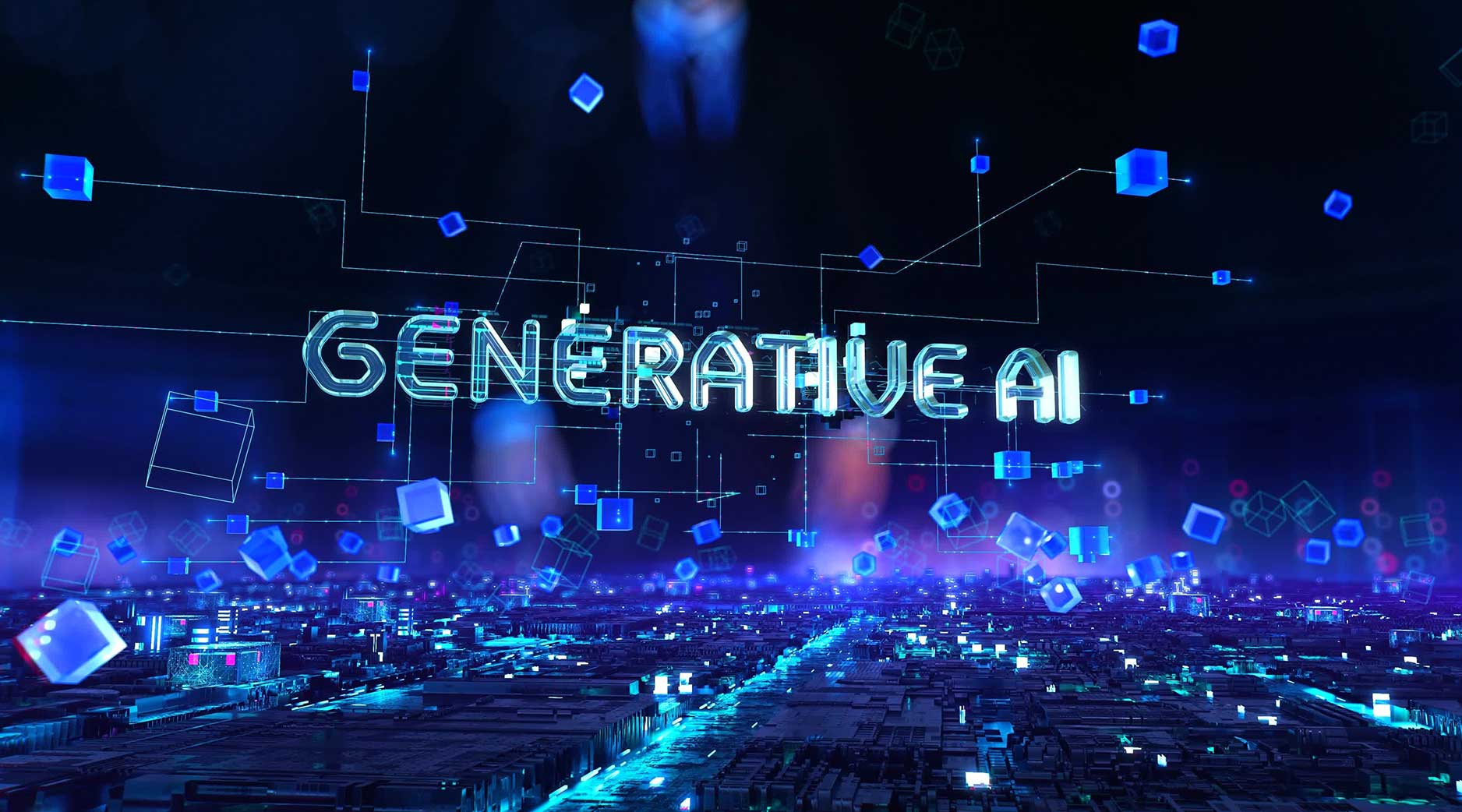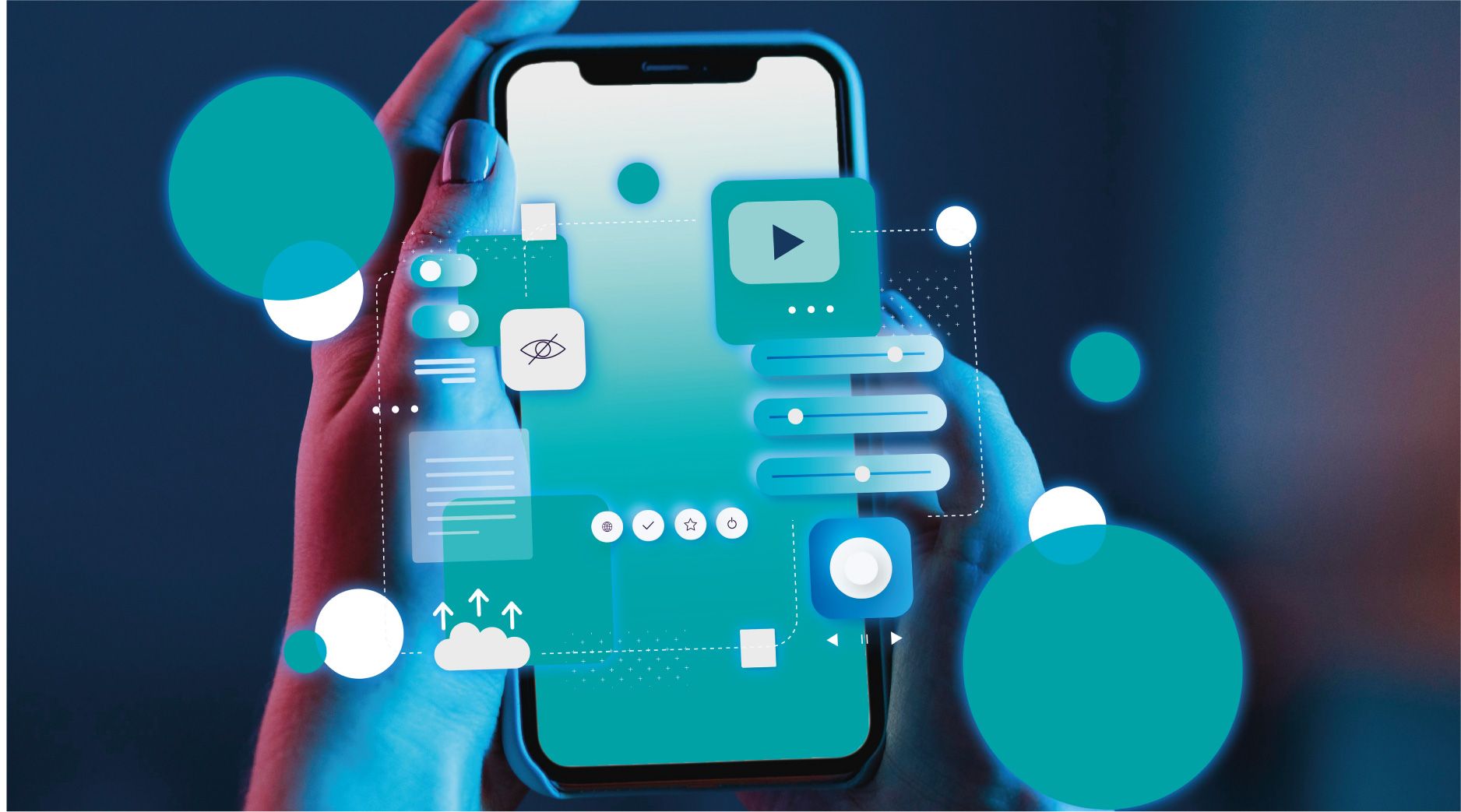

Demystifying Generative AI: A Beginner's Guide to Understanding and Implementing


Dennis Valverde
CCO
Demystifying Generative AI: A Beginner's Guide to Understanding and Implementing
Imagine a world where fresh content – including text, imagery, audio, videos, and more – is created in seconds and by the click of a mouse.
That world is now.
Known as generative Artificial Intelligence (AI) systems, the technology has created opportunities and demonstrated impact in all industries. Besides content creation, generative AI serves practical purposes, like enhancing business processes for increased efficiency and generating new product designs. Its notable accomplishments include accurate medical imaging analysis, high-resolution weather forecasts, and precise drug discovery.
Here’s what you should know about generative AI and how to integrate the systems into your business.
The History of Generative AI
Although its popularity has recently surged, generative AI technology is nothing new.
In the 1960s, researchers introduced chatbots as generative AI. However, several shortcomings – like limited vocabulary and overreliance on patterns – made them difficult to use.
In 2014, generative AI, powered by GANs, made realistic images and videos of real people – a significant breakthrough in machine learning. Since then, advancements in alternative neural network techniques and architectures have strengthened generative AI capabilities.
Today’s generative AI systems, which fall under the broad category of machine learning, are changing how the world works. Generative AI enables revolutionary human creativity and productivity across work, science, and everyday life. This 2022 McKinsey survey shows that the use of AI has more than doubled in the last five years, and investment in AI is growing quickly.
Applications of Generative AI
Starting with ChatGPT – a conversational chatbot that can answer a wide range of questions for free – to DALL-E, a tool for AI-generated art, there are multiple applications of generative AI available.
Machine learning of the past – which could only observe and classify patterns in content – differs significantly from today’s. Now, generative AI can create an image or text description on demand rather than only scrutinize random pictures for patterns.
Generative AI encompasses several machine learning and deep learning techniques. Typical applications of the technology include:
- ● Summarization: Producing shortened versions of written text that’s easier to digest
- ● Music: Creating audio with text inputs, generating accompanying noises for different video footage, and making custom music
- ● Visuals: Forming 3D images, avatars, videos, graphs, and other illustrations with different aesthetic styles
- ● Content Creation: Producing a draft of text in a desired style, tone, and length
- ● Work Efficiencies: Helping with repetitive tasks, like checking customer contracts for compliance or replying to requests for proposals (RFPs)
- ● Customer Service: Enhancing customer engagements by optimizing chat and search experiences
Benefits of Generative AI
Generative AI systems are large and easily adaptable without requiring task-specific training. They help improve existing workflows, make it easier to understand existing content, and mechanically create new content.
Depending on the industry, implementing generative AI can produce immense benefits. These include:
- ● Minimizing the workload associated with email replies.
- ● Creating better responses to specific technical queries.
- ● Analyzing complex data to help discover hidden trends.
- ● Automating processes, such as content creation.
- ● Producing lifelike portrayals of individuals.
Generative AI Use Cases
Generative AI is capable of enhancing productivity across industries. Although some careers will be more affected, generative AI will alter how almost everyone works.
Specific industries – such as automotive – can use the technology to help make 3D models for simulations and car development. Road testing the abilities of an autonomous vehicle in a real-world environment enhances safety, efficiency, and flexibility while reducing risks and overhead.
Meanwhile, the healthcare industry uses generative AI to help in medical research by developing new protein sequences and suggesting new drug compounds to test. Medical practitioners enjoy on-the-job efficiencies by automating scribing and medical coding tasks.
The entertainment industry is another field that’s using generative AI to advance. Generative models help creators with creative tasks and streamline the content creation process.
Challenges, Limitations, and Risks of Generative AI
Because generative models are still relatively new, their long-tail effects are currently unknown.
However, we do know that the technology has some areas for improvement.
For one, generative AI models rely on high-quality, unbiased data. Unfortunately, even though the world generates an immense amount of data daily, this isn't always available. As a result, sometimes the information the models generate is inaccurate, biased, or plagiarized.
The speed of generating responses can also be an issue. As models gain popularity, their speeds decrease. And for interactive use cases like chatbots and AI voice assistants, this can lead to a frustrating customer experience.
In addition, many companies have difficulty obtaining a commercial license to use existing datasets or to build new datasets. Failing to do so can lead to intellectual property infringement issues.
Where to Start: Generative AI Models
One of the most common ways to establish a generative AI pilot is with the help of prompt engineering. This method protects intellectual property and uses private data while yielding more accurate, targeted, and valuable responses.
You can also use an existing foundational model – or off-the-shelf variety – and directly input prompts.
Building a custom foundational model is another option. Although the costliest of the three, it offers companies the greatest flexibility.
Golabs has numerous AI services and solutions that can transform how you do business. Contact us for more information about the benefits of implementing generative AI in your workplace.
Let's meet and talk
We're here to help you accomplish your projects. Ask us anything, or schedule a call.
Let's meet and talk
We're here to help you accomplish your projects. Ask us anything, or schedule a call.
See_


Dennis Valverde
CEO


Dennis Valverde
CEO


Dennis Valverde
CEO